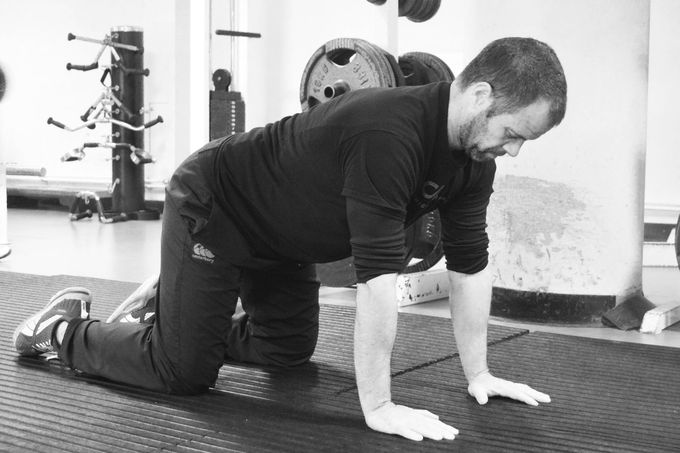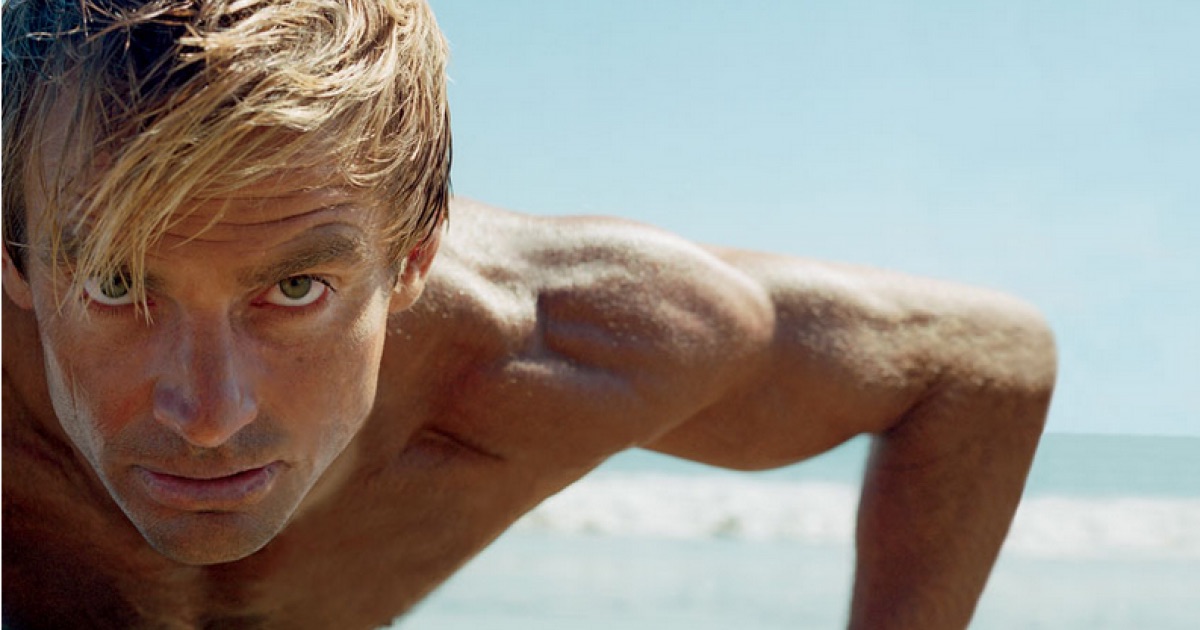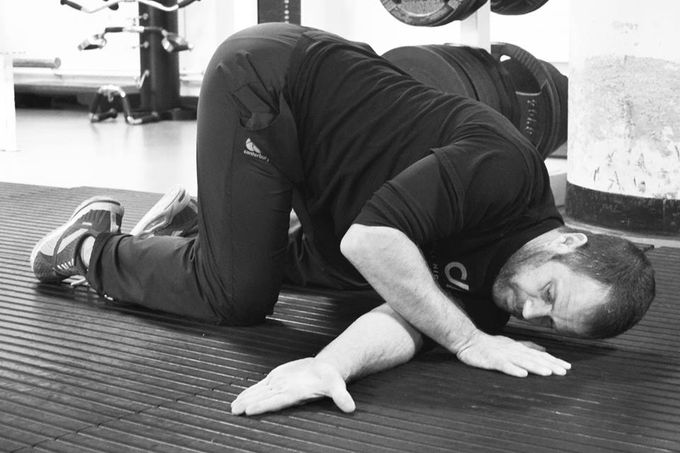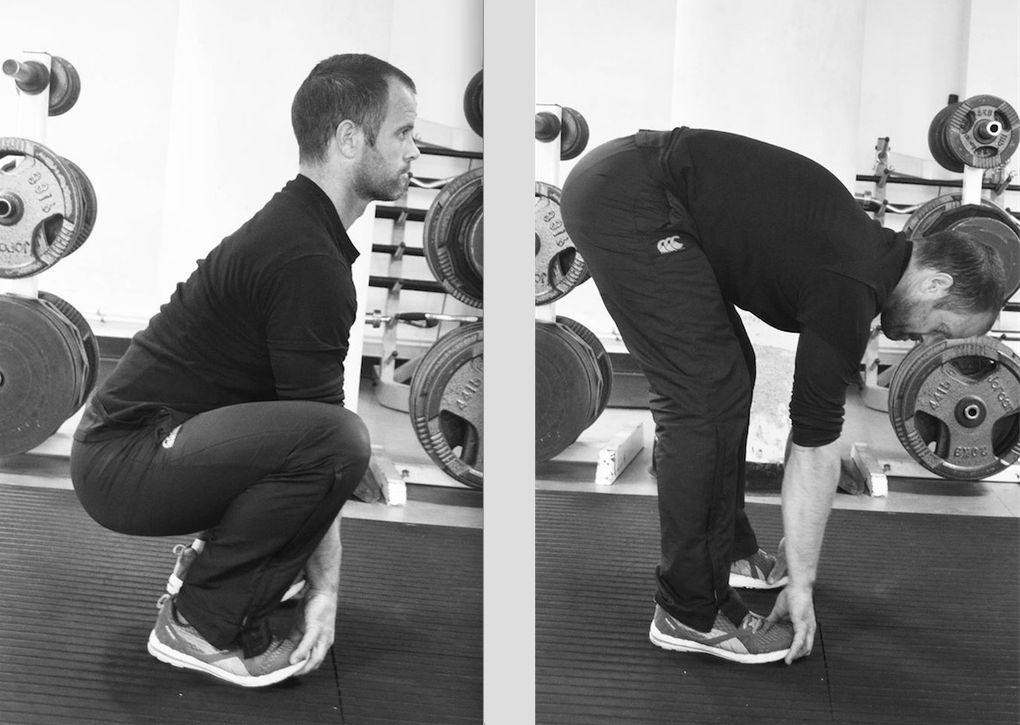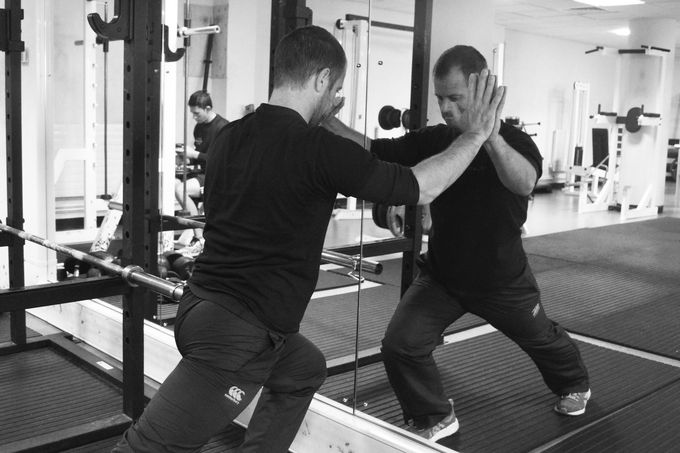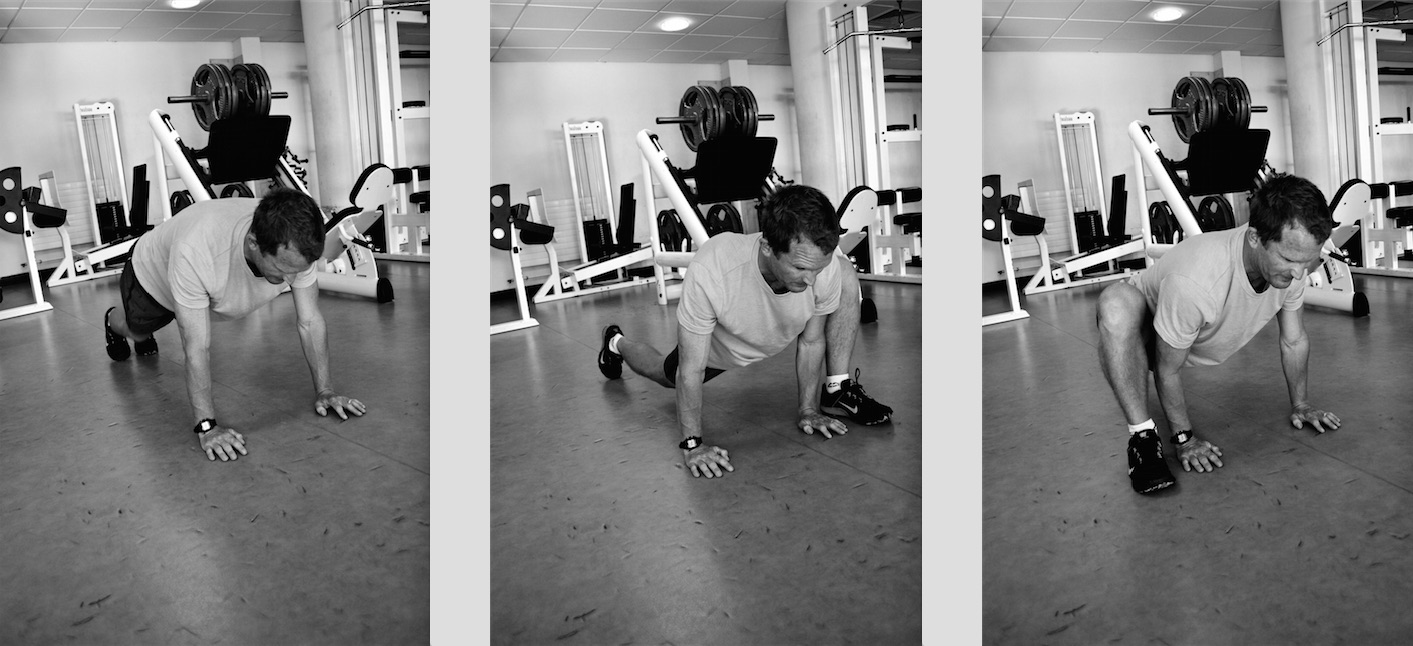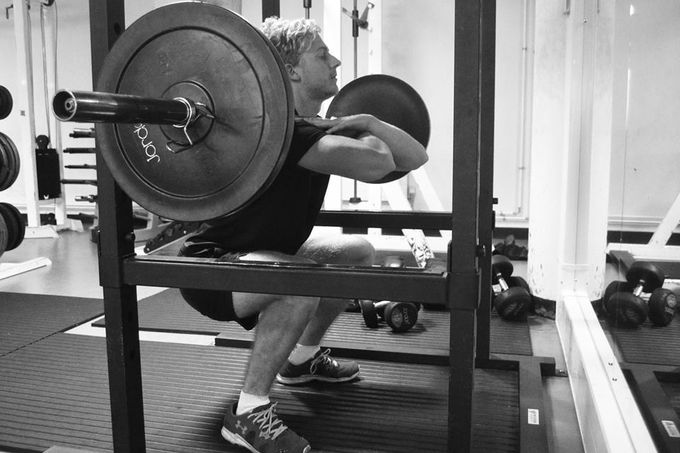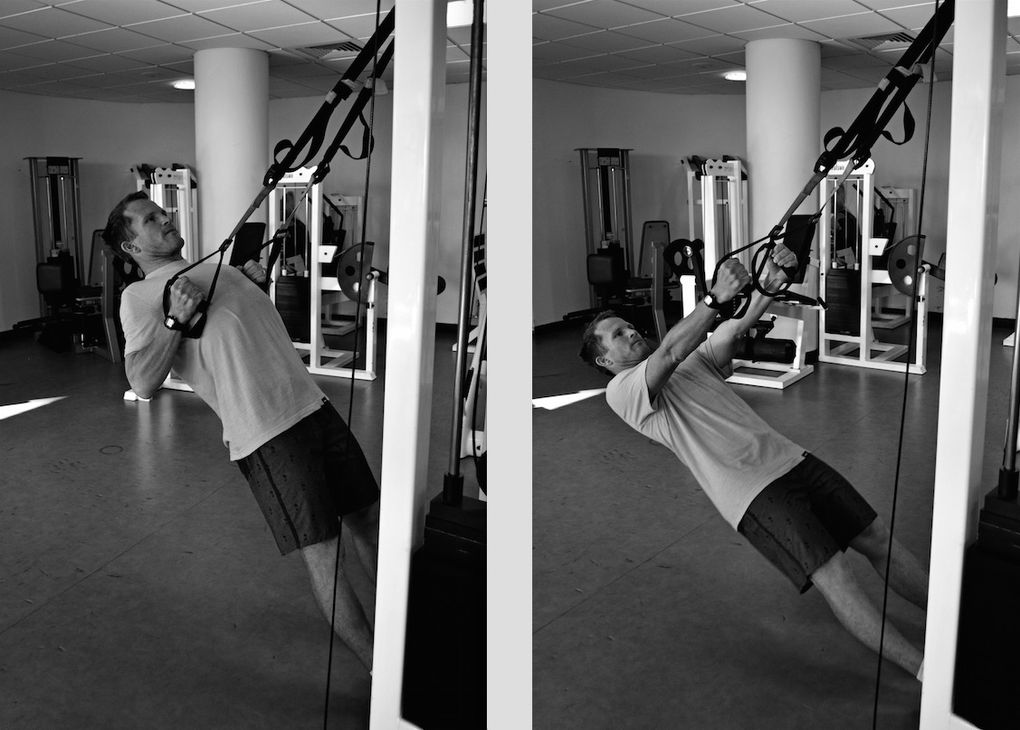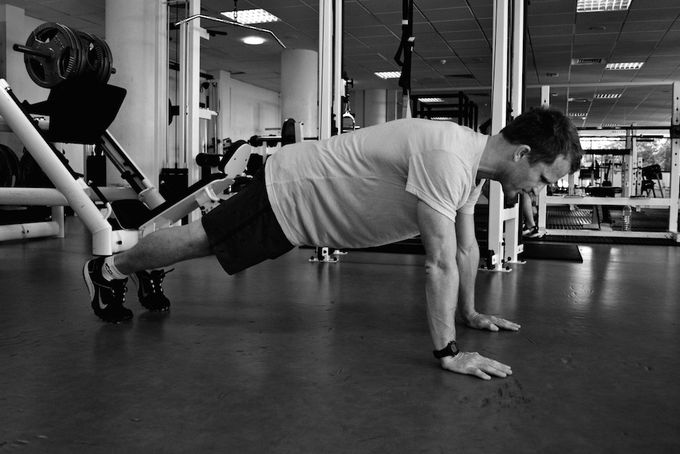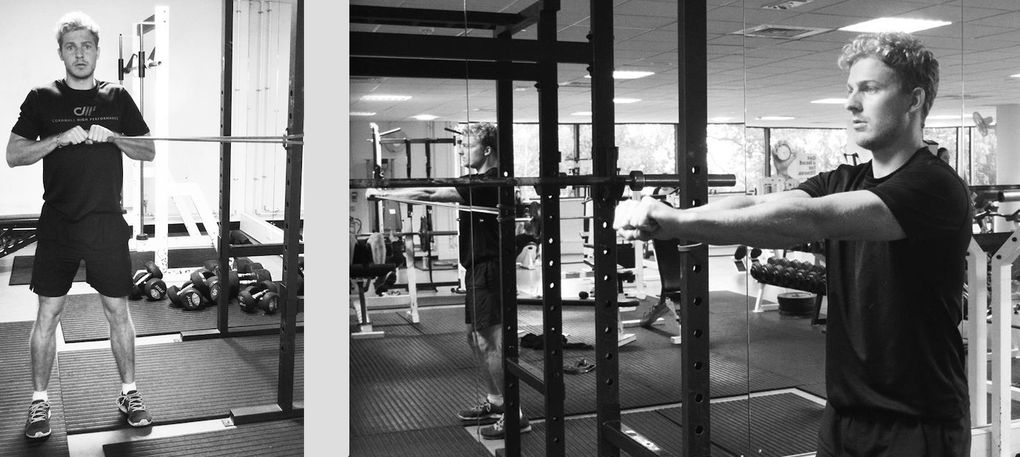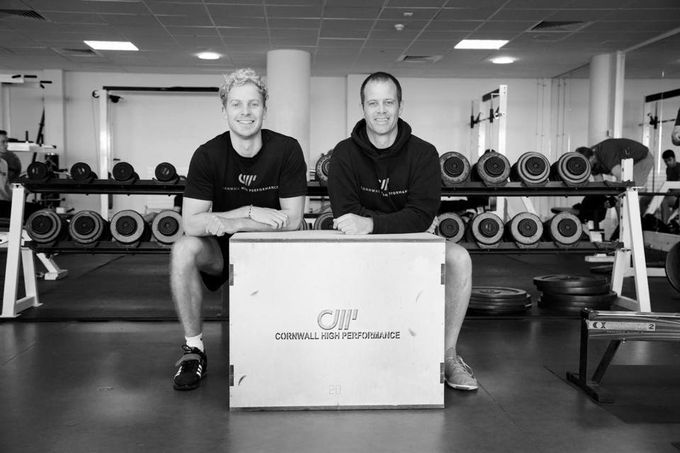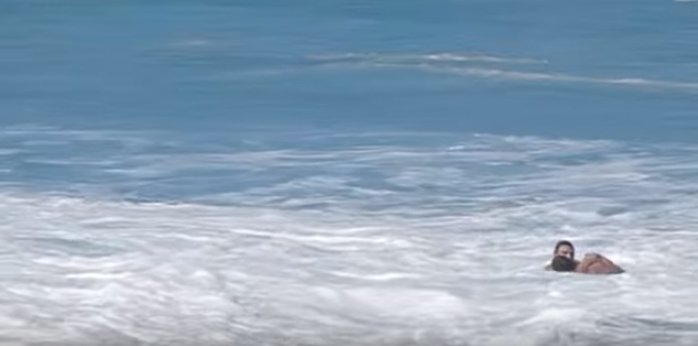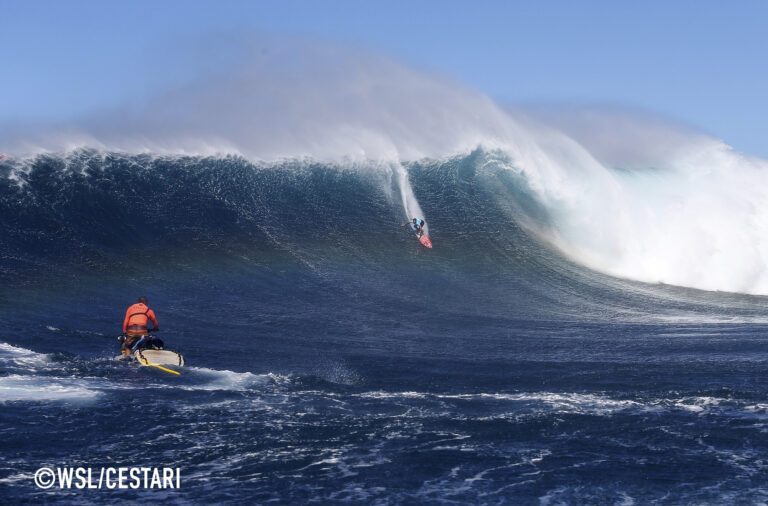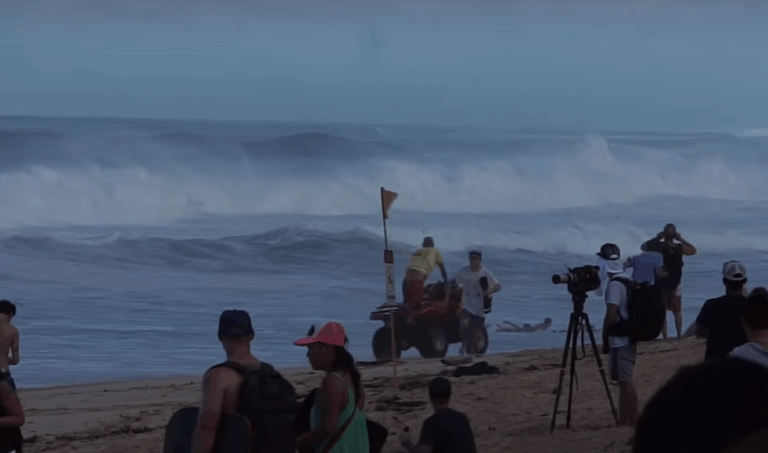Wondering what the best exercises are to get fit for surfing? Want to become a finely tuned specimen of athletic excellence? Or just somewhat less portly, with a better chance of making it out back?
We’ve enlisted the help of the knowledgeable folk at Cornwall High Performance, who know more or less everything there is to know about strength and conditioning for the high-performance, and indeed low-performance, surfer. This is what they said….
Surfing is the best way to improve your surfing, right? Well, of course there is no better way of getting better at surfing than actually surfing; but when the waves are flat or it’s blowing an absolute gale, there are several land-based exercises you can do to massively improve your surfing performance. Here at Cornwall High Performance we have outlined 3 areas, backed by evidence-based research, that you can focus on to drastically improve your surf performance and also decrease your chances of injury: mobility and flexibility, strength training, and aerobic conditioning.
Mobility/ Flexibility
Surfing involves a variety of movements; from standing on the board in a half squatted position, popping up explosively to the feet, to paddling back out to the line-up. Each action requires good movement and by focusing on improving your full body mobility and flexibility, you will soon see huge benefits in your surfing. Not only will the risk of injury reduce, but getting into your surf positions will become second nature as your body adapts to the rigors of your land-based programme. Try these 4 simple mobility drills, completing each action for 45 seconds.
1. REACH THROUGH
Begin in a quadruped position with your hands under the shoulders and knees under hips, maintaining a neutral spine. Drop down to the shoulder and reach through to the opposite side. Return to start position and repeat on the opposite side. You should feel this movement in your upper back.
